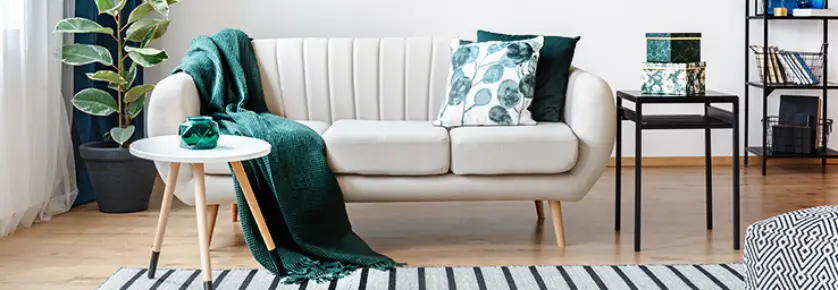Filter ({{aplisting.allFiltersApplied.length}})
- {{appliedFilter}}
Note: The Colour Shades displayed on this site are indicative and not precise representations of actual paint colours.

ASIAN PAINTS SAFE PAINTING SERVICE

BEAUTIFUL HOMES DESIGN AND DÉCOR MAGAZINE
Wall texture designs are in trend and can transform any space into a modern haven. From subtle tones to bold statements, wall texture paint designs are becoming an integral part of interior design. Modern texture paint designs are not just about colour but also about the feel and look of the surfaces. Incorporating texture wall design can bring a room to life with depth and character.
Smooth textures offer a sleek, clean look that is perfect for modern wall texture designs. These finishes are ideal for creating a minimalist and contemporary aesthetic. Smooth wall texture paint designs provide a polished surface that enhances the room's natural light and colour.
Rustic textures add a touch of natural charm to your interiors. These finishes often mimic natural materials like wood or stone, offering a cosy and warm ambience. Rustic wall texture paint designs are perfect for creating a homely and inviting atmosphere.
Geometric patterns are a great way to introduce a modern wall texture design into your home. These patterns can range from simple lines to complex shapes, adding visual interest and depth to any room. Modern texture paint designs with geometric patterns can make a bold statement or a subtle enhancement, depending on your choice.
Metallic finishes bring a touch of glamour and sophistication to any space. These finishes reflect light, creating a shimmering effect that can make a room feel more luxurious. Metallic wall texture paint designs are perfect for adding a contemporary and chic element to your decor.
3D textures create a striking visual impact with their depth and dimension. These textures can range from subtle to dramatic, offering a unique way to personalize your space. The latest wall texture designs often incorporate 3D elements to add a modern and dynamic touch to the interiors.
Incorporate modern wall texture designs in your living room to create a sophisticated and welcoming space. Smooth textures or geometric patterns can enhance the room's elegance and provide a stylish backdrop for your furniture and decor.
For the bedroom, consider using texture wall designs that promote relaxation and tranquillity. Soft, smooth textures or rustic finishes can create a serene environment perfect for rest and rejuvenation.
Bring vibrancy to your kitchen with bold and dynamic wall texture paint designs. Metallic finishes or 3D textures can add energy and excitement, making the kitchen a lively space for cooking and entertaining.
Add a touch of luxury to your bathroom with modern texture paint designs. Metallic or smooth textures can create a spa-like atmosphere, making your bathroom feel like a luxurious retreat.
Choosing the right interior texture colour depends on the room's purpose and your style. Consider how different colours and textures will affect the room's mood and match with your existing decor.
Smooth textures offer a sleek and polished look, while rough textures provide a more tactile and rustic feel. The choice between the two depends on the desired aesthetic and functional use of the space.
Yes, combining multiple textures in one room can add depth and interest. Ensure the textures complement each other and the overall design theme.
Lighting plays a crucial role in how textures and colours appear. Natural light can highlight the details of texture wall design, while artificial lighting can enhance the mood and ambience.
Yes, custom interior texture designs are available to suit your specific preferences and home decor. Consult with our team of professionals to create a unique and personalized look.
Current trends include modern wall texture designs like geometric patterns, metallic finishes, and 3D textures. These latest wall texture designs add a contemporary and stylish touch to any space.
Coordinate your interior texture colours with furniture and decor by choosing complementary shades and patterns. Consider the overall theme and colour scheme of the room.